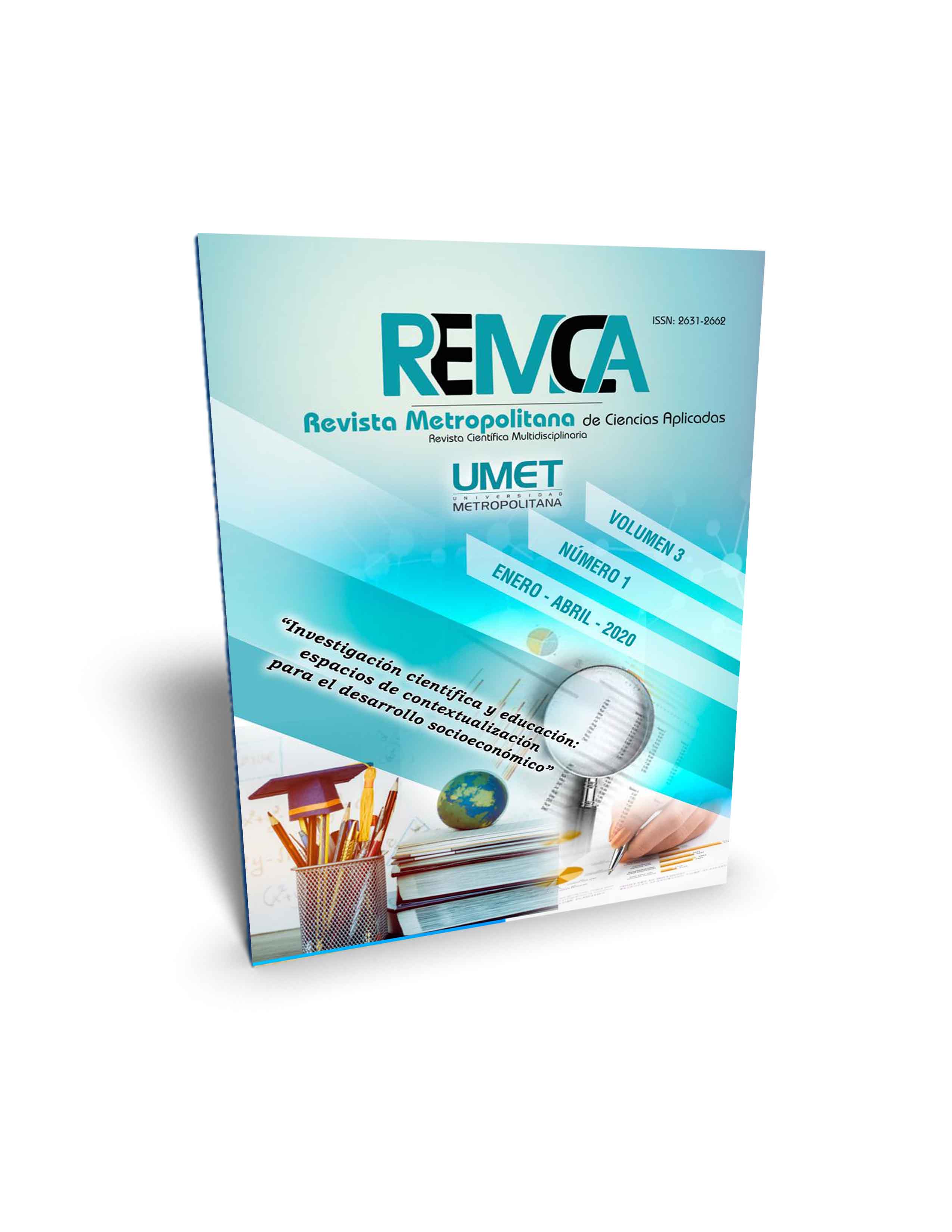Diagnosis of the incidence of enzootic Hematuria Bovina of bovinos in production of three winning areas
DOI:
https://doi.org/10.62452/g60g5k61Keywords:
Hematuria, Pteridium, Chilla, height, livestock areasAbstract
Enzootic bovine hematuria (HEB) is a disease caused by exposure to, and consumption of pastures invaded by common fern (Pteridium aquilinum), also known as llashipa. The objective of the research was to identify the cattle areas of Cantón Chilla, establishing a relationship between their location and the incidence of enzootic bovine hematuria. Three zones were studied, each with four sectors, which were grouped according to their height - Zone A (300 - 999 masl), Zone B (1000 - 1999 masl) and Zone C (2000 - 3300 masl). The presence of llashipa in the surveyed areas corresponds to: 20% in Zone A, 60% in Zone B, and 50% in Zone C; data corresponding to recurrent invasive weeds in pastures. The urinary test strip techniques (TRU) and microscopic analysis of the urinary sediment (AMSU) were applied for the analysis of the samples. The results found were 36.1% (130/360) for AMSU and 5.28% (19/360) for TRU; whereupon the two methods demonstrate the existence of this disease in the canton of Chilla. Regarding the relation of the cellular elements variables (AMSU and TRU) and livestock areas (A, B and C), by means of the Chi square statistic test, it shows that the significance value p is less than 0.005, which indicates that there is a connection between the variables. It is concluded that the sectors grouped in the different livestock areas of Canton Chilla are endemic to enzootic bovine hematuria according to the height at which they are located.
Downloads
References
Amelot, A. (1999). Helecho macho, salud animal y salud humana. Revista Facultad de Agronomia LUZ, 16(5), 528-544.
Borges, J., Dominguez, L., Graterol, O., & Camacaro, A. (2017). Control químico de Pteridium esculentum (G. Forst.) Cockayne (Thomson, 2012) en el Municipio Bolívar, Estado Yaracuy, Venezuela. Revista Bioagro, 29(2), 145-150.
Calderón, Á., Sánchez, L., Mancebo, B., Marrero, E., Bulnes, C., Chiriboga, X., & Silva, J. (2015). Diagnostic bovine Enzootic Hematuria Safety and Milk in Bolívar Province Ecuador. International Journal of Applied Science and Technology, 5(6), 113 - 135.
Cueva, D. (2015). Estudio de la prevalencia de la Hematuria Vesical Enzoótica Bovina en la Parroquia Palanda del Cantón Palanda de la Provincia de Zamora Chinchipe. (Trabajo de Titulación). Universidad Nacional de Loja.
Herencia, K., Falcón, N., García, M., & Chavera, A. (2013). Prevalencia de hematuria vesical enzoótica bovina determinada mediante urianálisis en Oxapampa, Perú. Revista de Investigaciones Veterinarias del Perú, 24(1), 50-57.
Navarrete, H. (2001). Helechos comunes de la amazonía baja ecuatoriana. Simbioe
Rincón, D., Díaz, G., & Gardner, D. R. (2016). Detección de ptaquilósido en diferentes estados fenológicos de “helecho macho” (Pteridium aquilinum) y análisis de muestras de leche en granjas con hematuria en Tolima, Colombia. Revista CES Medicina Veterinaria y Zootecnia, 11(1), 72-77.
Toro, J. (1997). Malezas en pastizales del trópico seco. Revista informativa del Insituto Nacional Autónomo de Investigaciones Agropecuarias.
Verde, G., García, M., Chavera , A., Gonzáles, C., & Falcón , N. (2017). Diagnóstico Clínico de la Hematuria Vesical Enzoótica Bovina por Urianálisis de la Provincia de Oxapampa, Perú. Revista de investigaciones veterinarias del Perú, 28(3), 522-529.
Villalobos, J. (1985). Carcinogenicidad del pteridium aquilinum y alta incidencia del cancer gástrico en Costa Rica. Rev. Cost. Cienc. Med, 6, 131-139.
Downloads
Published
Issue
Section
License
Copyright (c) 2020 Luis Miguel Mejía Pacheco, Inés Patricia Malo Cevallos (Autor/a)

This work is licensed under a Creative Commons Attribution-NonCommercial-ShareAlike 4.0 International License.
Authors who publish in Revista Metropolitana de Ciencias Aplicadas (REMCA), agree to the following terms:
1. Copyright
Authors retain unrestricted copyright to their work. Authors grant the journal the right of first publication. To this end, they assign the journal non-exclusive exploitation rights (reproduction, distribution, public communication, and transformation). Authors may enter into additional agreements for the non-exclusive distribution of the version of the work published in the journal, provided that acknowledgment of its initial publication in this journal is given.
© The authors.
2. License
The articles are published in the journal under the Creative Commons Attribution-NonCommercial-ShareAlike 4.0 International License (CC BY-NC-SA 4.0). The terms can be found at: https://creativecommons.org/licenses/by-nc-sa/4.0/deed.en
This license allows:
- Sharing: Copying and redistributing the material in any medium or format.
- Adapting: Remixing, transforming, and building upon the material.
Under the following terms:
- Attribution: You must give appropriate credit, provide a link to the license, and indicate if any changes were made. You may do this in any reasonable manner, but not in any way that suggests the licensor endorses or sponsors your use.
- NonCommercial: You may not use the material for commercial purposes.
- ShareAlike: If you remix, transform, or build upon the material, you must distribute your creation under the same license as the original work.
There are no additional restrictions. You may not apply legal terms or technological measures that legally restrict others from doing anything the license permits.




